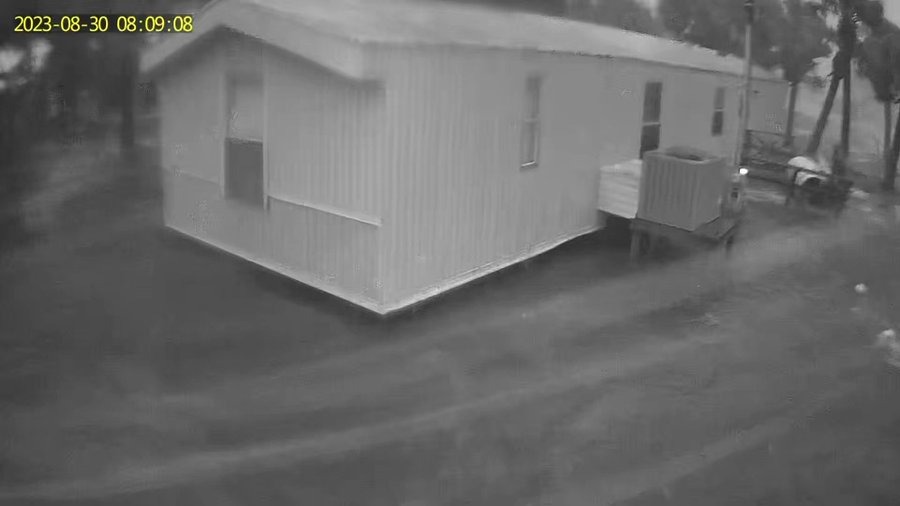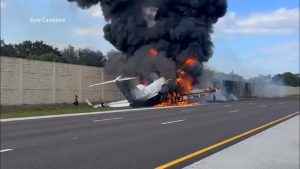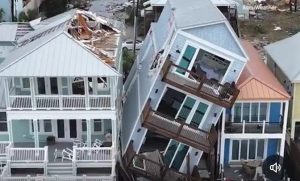A wide stretch of the Gulf Coast was devastated after Hurricane Idalia, a Category 3 storm that made landfall in Florida on Wednesday, submerged homes and vehicles, turned streets into rivers, unmoored small boats, and tore down power lines in a region that had never before experienced such a battering.
In Florida and Georgia, more than 330,000 customers were without electricity as streets close to the coast were submerged in surging water. High winds tore up signs, flung sheet metal, and snapped towering trees as the eye proceeded inland.
Also Read: How to watch Duke energy outage map of Florida amid Hurricane Idalia?
The fire and rescue department on the island of Cedar Key issued the warning, “We have numerous trees down, debris in the roads, do not come,” after a tidal gauge there recorded a storm surge of 6.8 feet (2 metres), which was tall enough to completely engulf the downtown. “Propane tanks are exploding all over the island,”
In the sparsely populated Big Bend region, where the Florida Panhandle twists towards the peninsula, Idalia washed ashore. At 7:45 a.m., a high-end Category 3 storm with top sustained winds of about 125 mph (205 kph) made landfall close to Keaton Beach.
For the purpose of keeping an eye on his senior neighbours, RJ Wright remained on Cedar Key. When it was safe to do so, he and some pals holed up in a motel before he ventured outdoors into chest-high water. Since the island protrudes into the Gulf and wasn’t hit directly, it might have been much worse, he said.
Also Read: Where is Keaton Beach, Florida located? Hurricane Idalia makes landfall: Watch Video
With maximum winds of 90 mph (150 mph), the system continued to be a hurricane as it moved into Georgia after soaking most of Florida to the east of Tallahassee. The Carolinas would suffer overnight as a result, according to forecasters.
Idalia was expected to continue deeper into the Atlantic this weekend, contrary to some models’ predictions that it would circle back towards shore after that.







